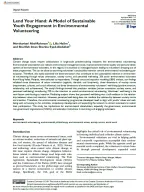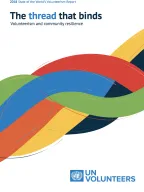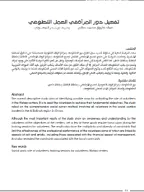
Technical paper
Age and Cohort Trends in Formal Volunteering and Informal Helping in Later Life: Evidence From the Health and Retirement Study
Volunteerism
Download
Fast read
This research study analyzes age and cohort trends in formal and informal volunteering, based on longitudinal data from the nationally representative Health and Retirement Study (an ongoing biennial panel survey of U.S. adults).
Synthesis
- Formal volunteering holds great importance for the recipients of volunteer services, individuals who volunteer, and the wider society. However, how many recent birth cohorts volunteer in middle and late adulthood compared with earlier birth cohorts is not well understood.
- Even less well-known are the age and cohort trends in informal volunteering provided to friends and neighbors in later adulthood. Using longitudinal data from the Health and Retirement Study, age and cohort trends in formal and informal volunteering from 1998 to 2018 for a wide range of birth cohorts born between 1909 and 1958 are estimated.
- Multivariate, multilevel models based on Bayesian generalized modeling methods are used to estimate the probabilities of formal and informal volunteering simultaneously in a single model.
- Despite having advantages in human and health capital, recent birth cohorts showed volunteering levels in late adulthood that are similar to those of their predecessors.
- Moreover, more recent birth cohorts were consistently less engaged in informal volunteering than earlier birth cohorts throughout the observation period.




















